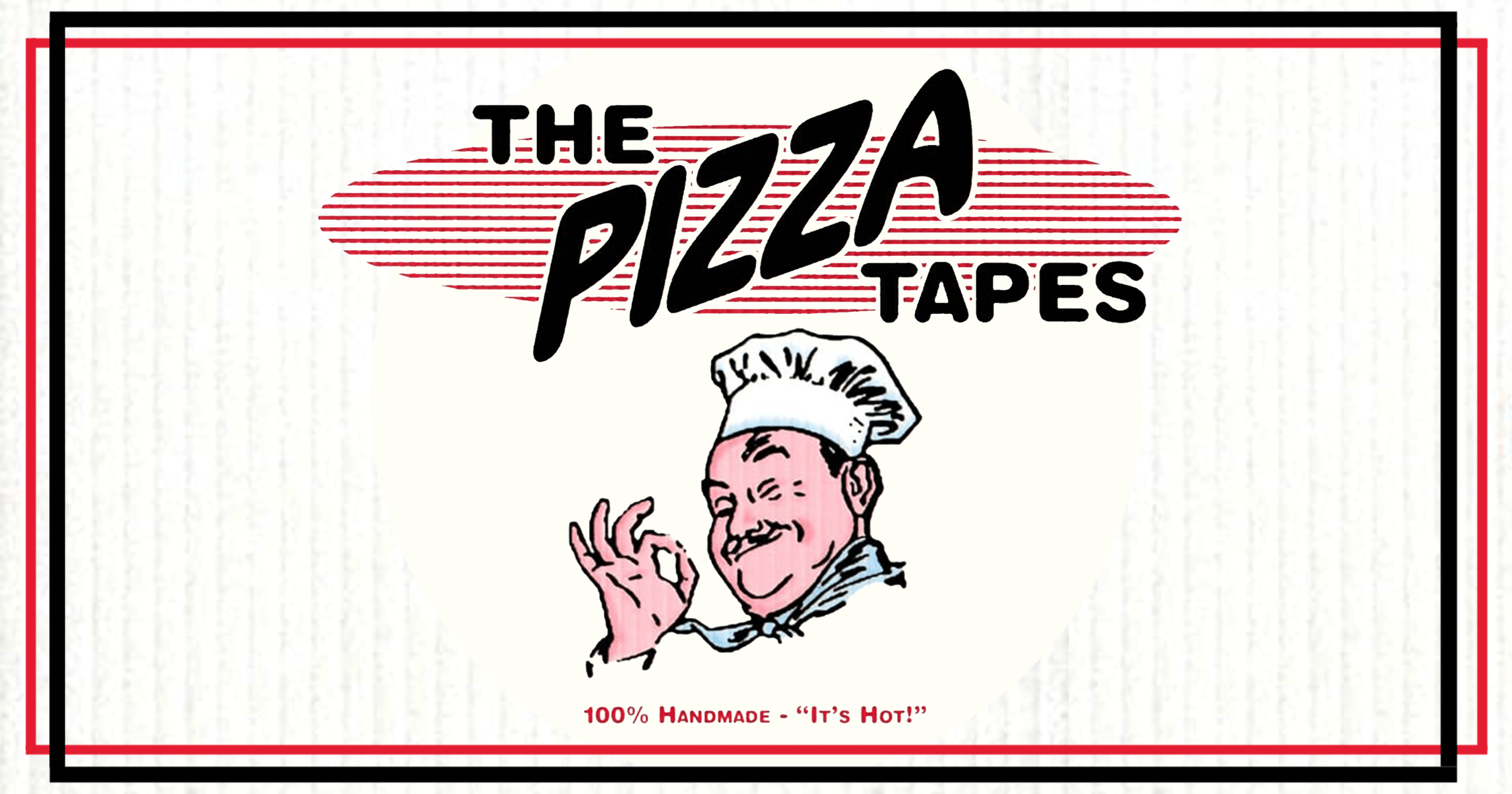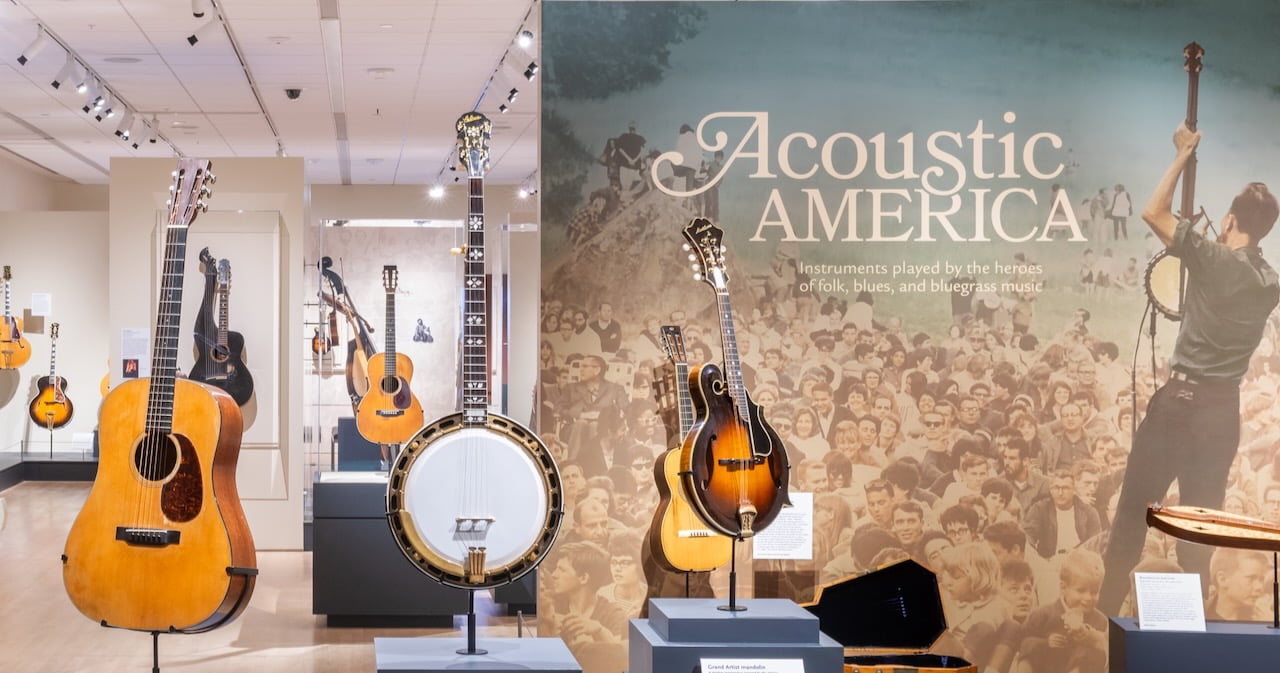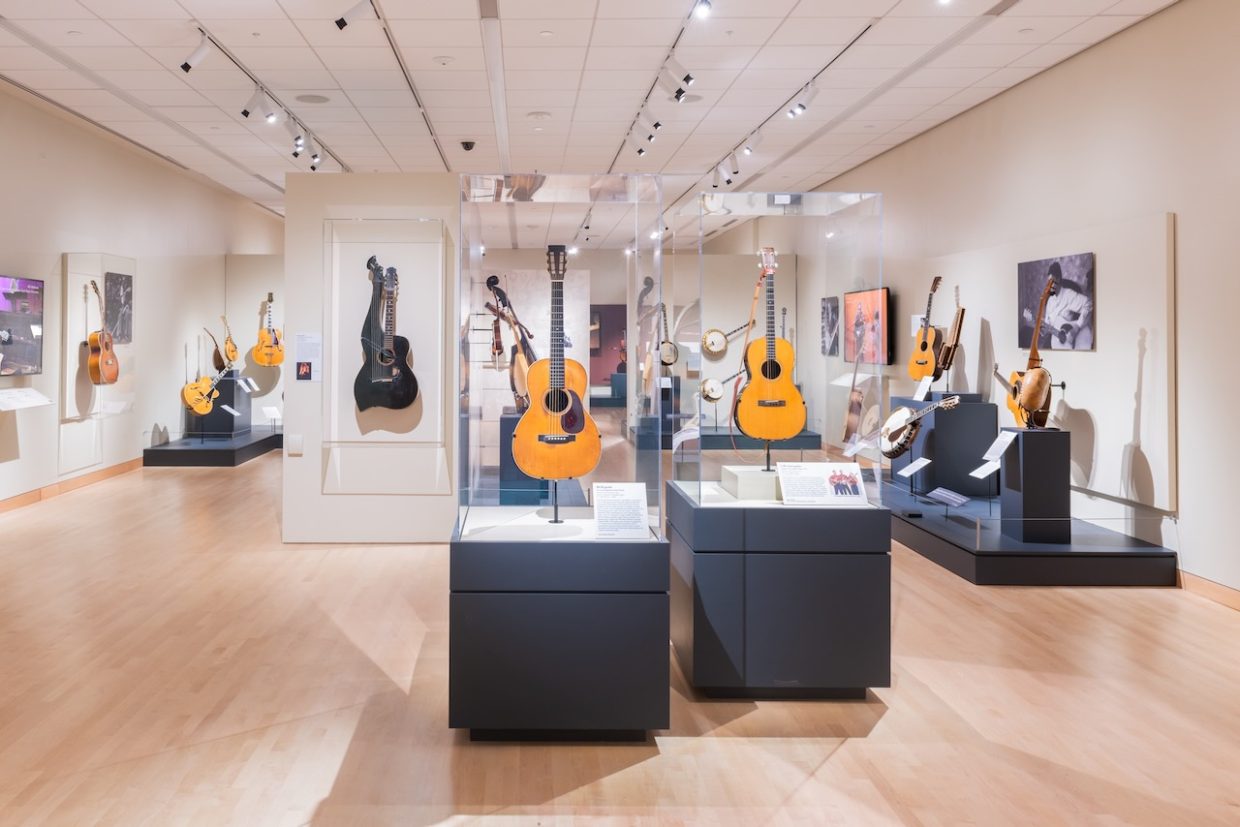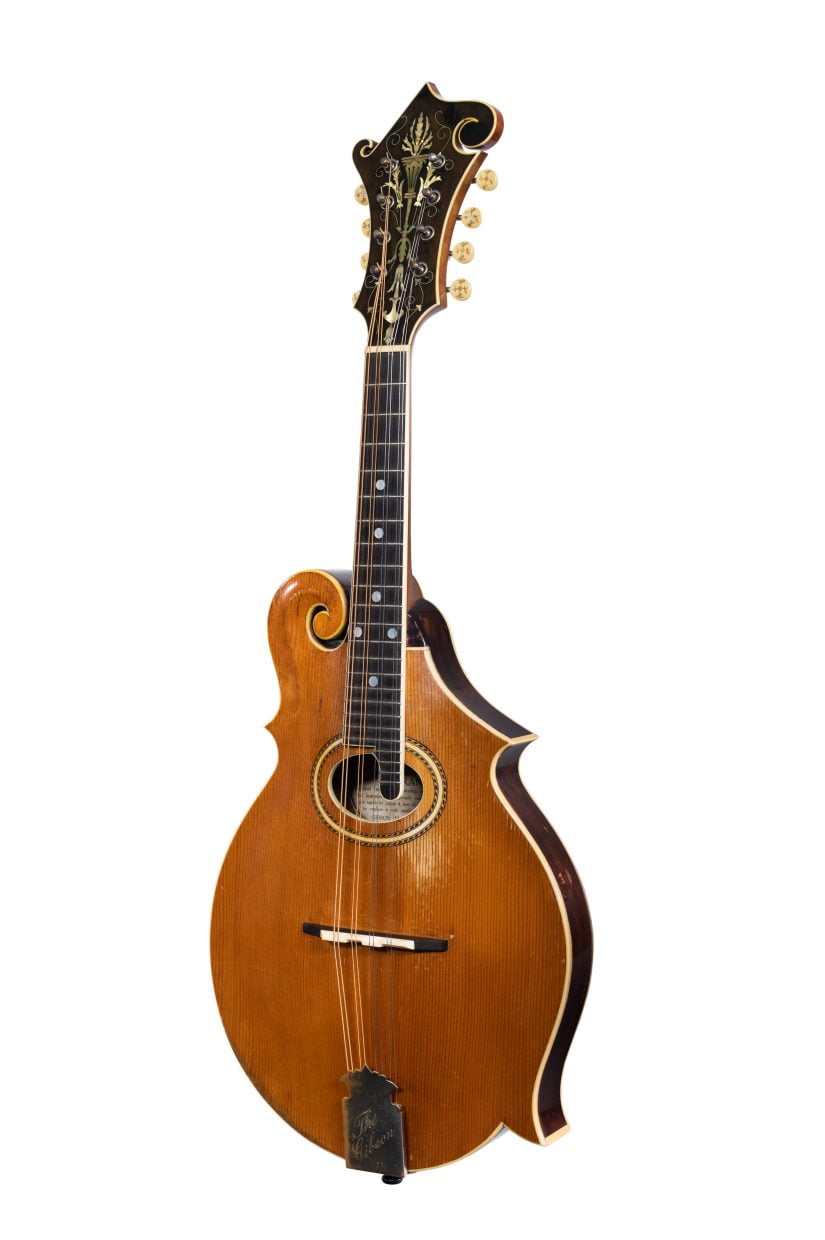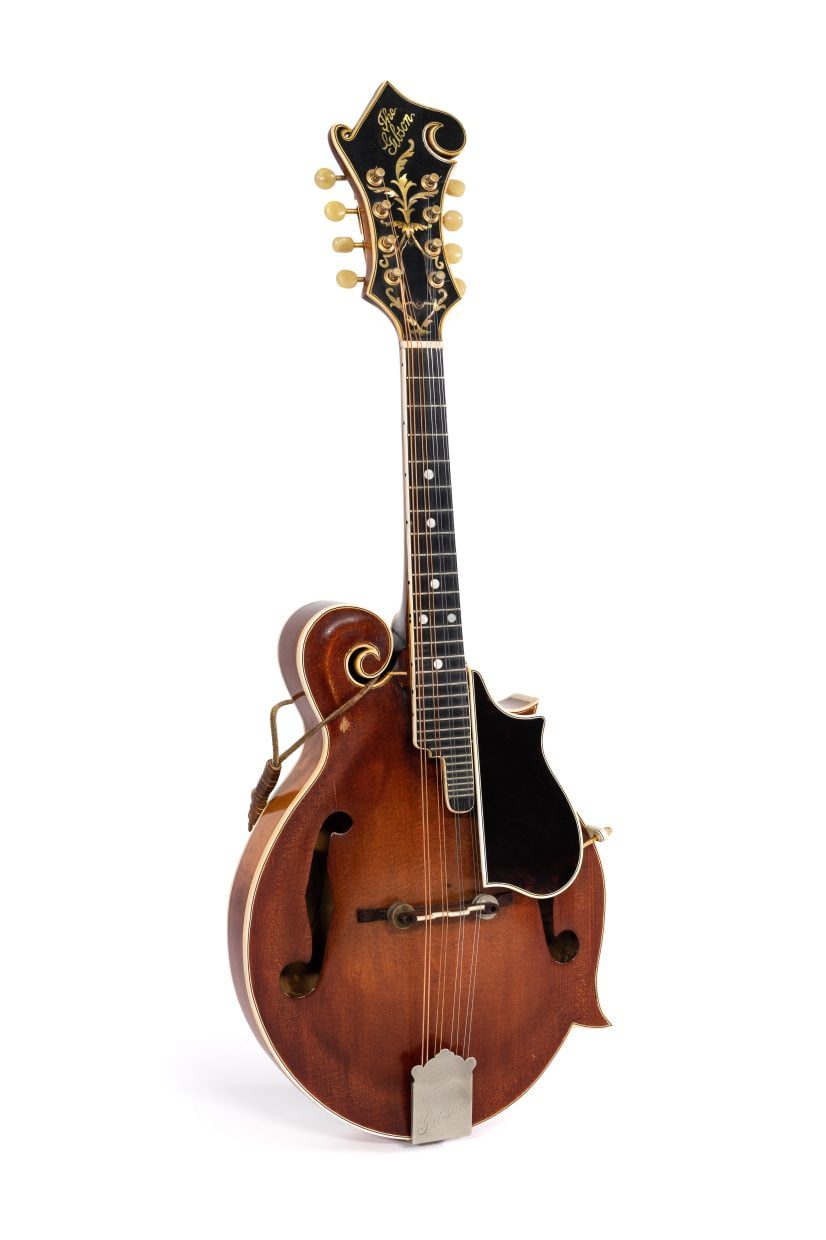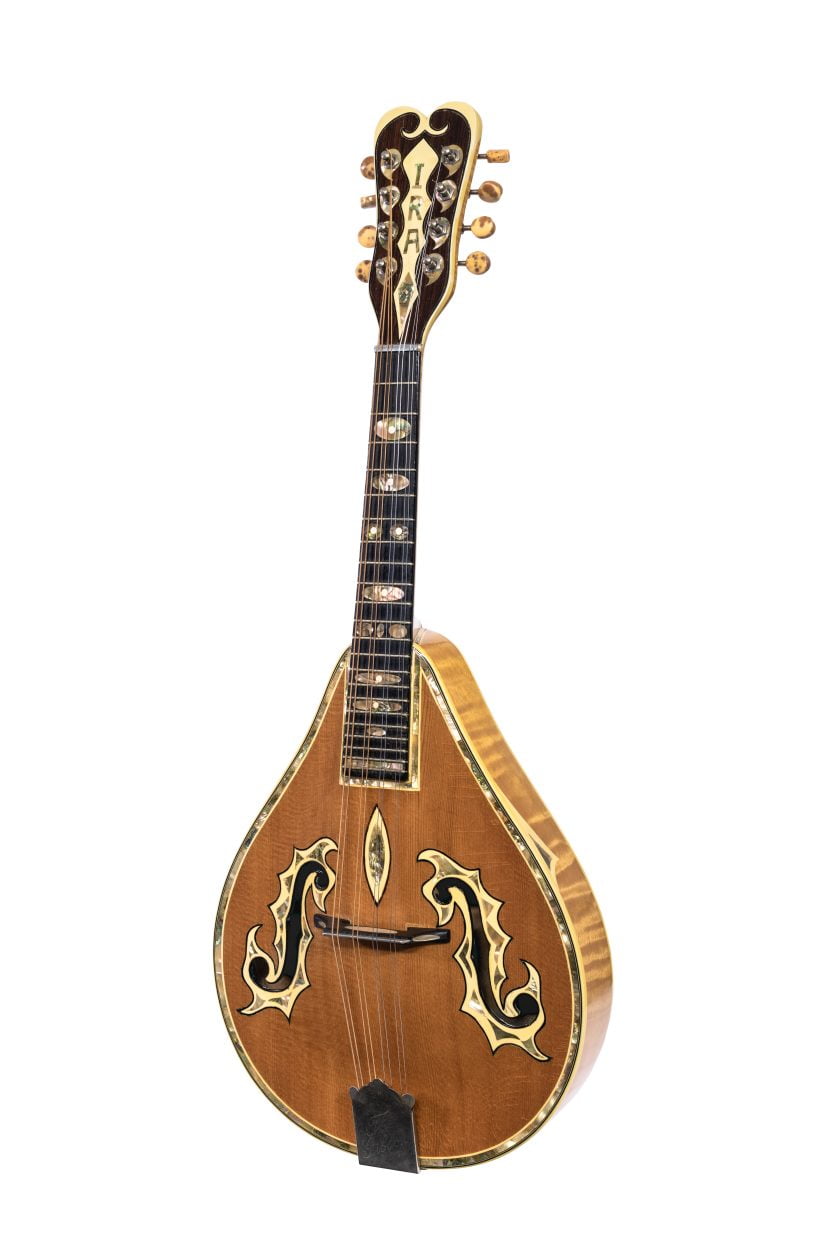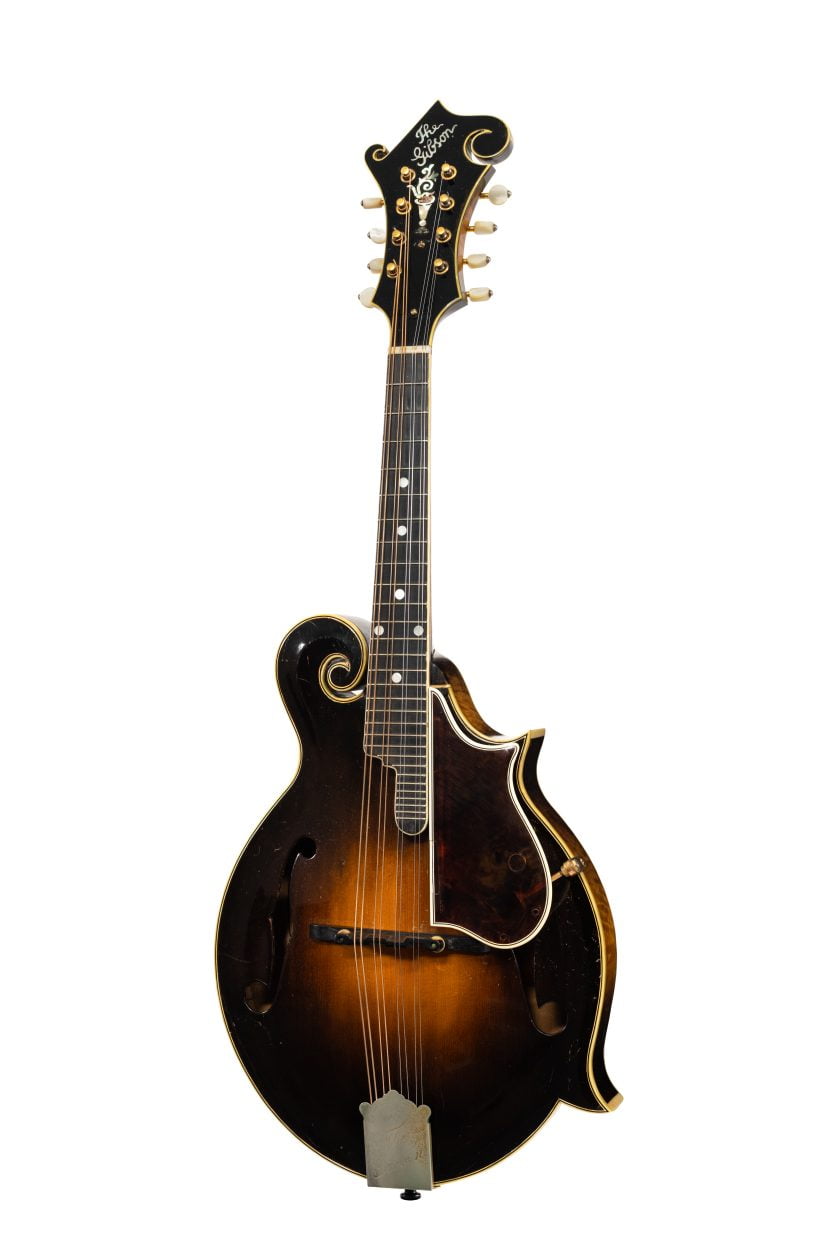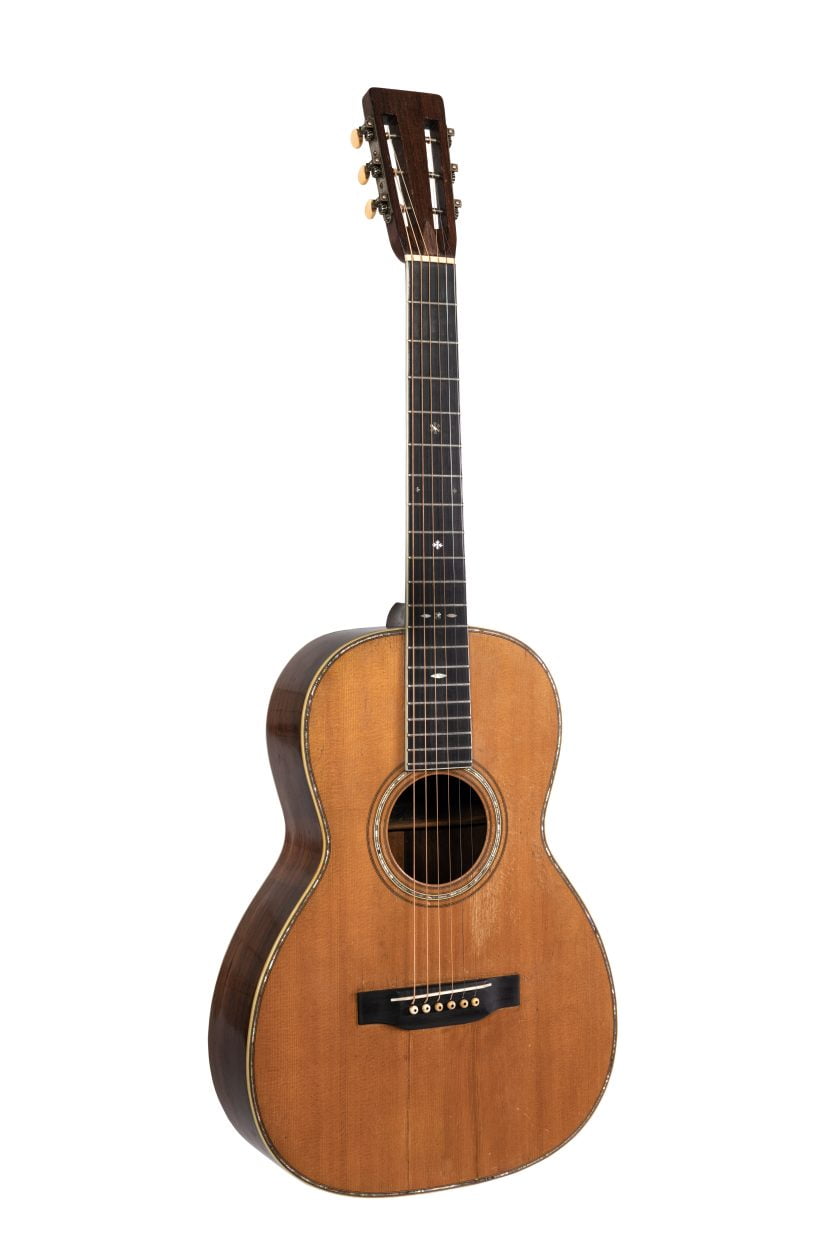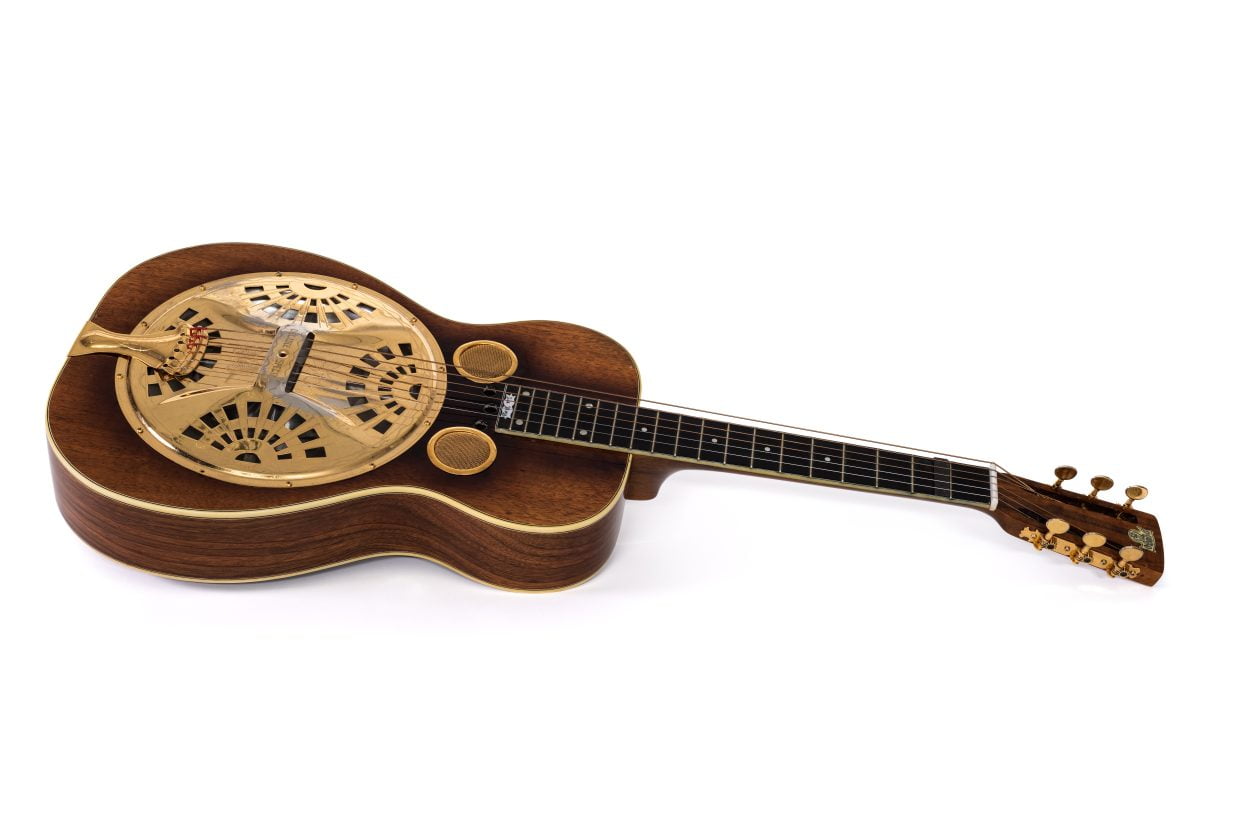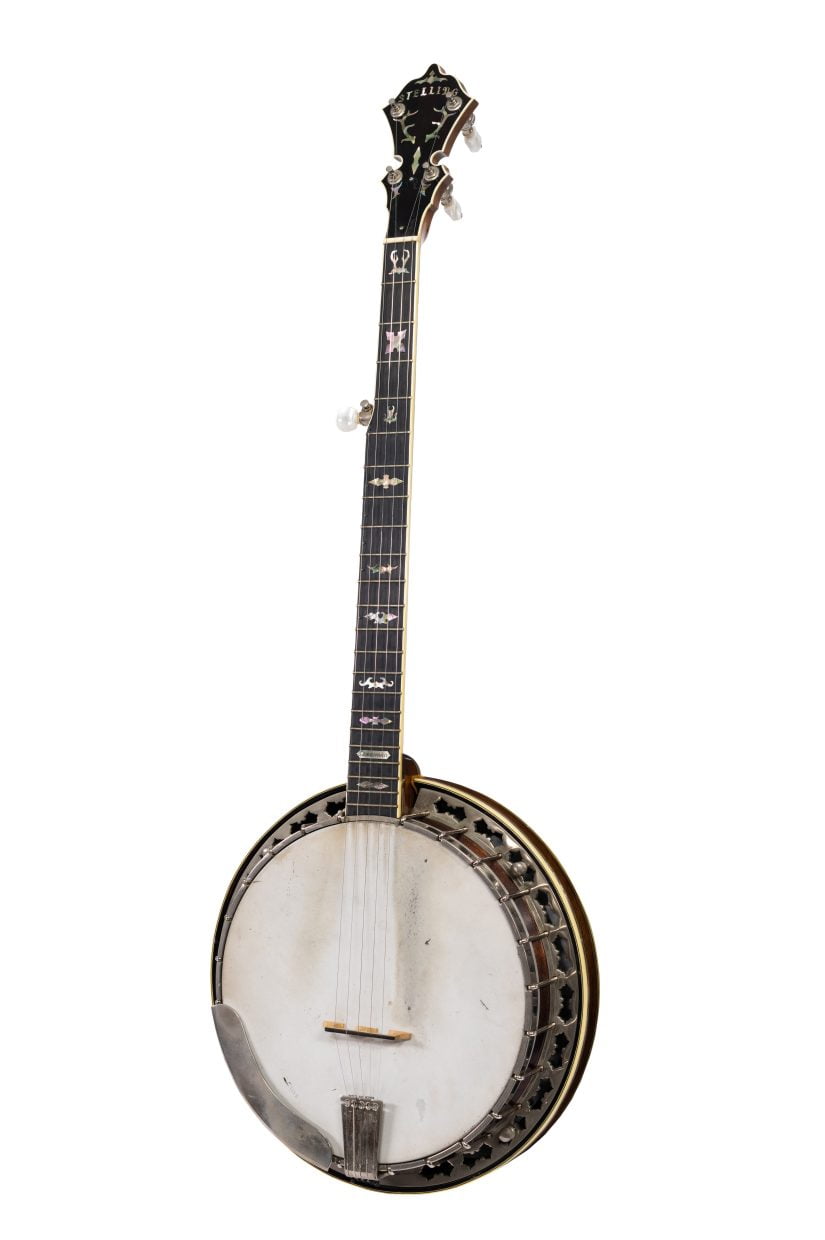In early 1993, David “Dawg” Grisman, Jerry Garcia, and Tony Rice gathered around a few microphones in Dawg’s Mill Valley, California recording studio. It was a casual, after-hours jam session during the recording of Tone Poems (Grisman and Rice), but engineer David Dennison kept the tapes rolling, capturing and preserving one of the most significant moments in American music history.
As a kid growing up in central Appalachia, bluegrass music was, at times, painfully familiar. In childhood memories, I’m being dragged to bluegrass concerts on the weekends by my parents, or even spotting Ralph Stanley dining at local restaurants. But these things weren’t special to a 14-year-old Gen Z, no matter the popularity of new, genre-adjacent bands like Mumford & Sons or the Lumineers.
Sometime though, in those early teenage years, I was digging through my dad’s CD collection (which in 2012, already being rendered obsolete, had been stored in a closet) when I found a copy of The Pizza Tapes. I was vaguely familiar with Jerry Garcia from his association with the Grateful Dead, and remembered seeing Tony Rice as a 7 or 8 year old kid, and despite my dad insisting how important he was, being bored out of my mind. But when I picked up the CD and turned over its pizza-themed cover (“It’s Hot!”), I recognized songs like “Man of Constant Sorrow,” “Knocking on Heaven’s Door,” and “House of the Rising Sun.” This familiarity is what put the CD in my hands, but the mandolin never left them once I heard Dawg’s playing.
The Pizza Tapes, to summarize, was an accident gone right. While these recordings may have eventually been packaged into an album, that certainly wasn’t the case when the bootleg started making the rounds. The story surrounding the tapes was practically folklore, with various narratives centered around a pizza delivery worker getting them in some way from Jerry Garcia. After Grisman’s label, Acoustic Disc, formally released the recordings in 2000 (ultimately providing access to the recordings to even more listeners) their significance in acoustic music was further embedded.
David “Dawg” Grisman, while known primarily as a mandolinist, has a reputation for recording everything, and an equally important legacy as an instigator of collaboration. His friendship with Jerry Garcia, dating back as early as 1964 (when Garcia traveled to the east coast chasing the roots of bluegrass music), led to the bay area bluegrass supergroup Old & In the Way in the early 1970s. Meanwhile in Kentucky, Tony Rice was departing from J.D. Crowe & the New South, and moving to the bay area to play Dawg’s original music – starting the group that in 1977 became known as the David Grisman Quintet.
The Pizza Tapes are special for countless reasons, but the obvious attraction is the coming together of these two legendary guitarists, highlighting the distinctness of their two original playing styles, musically glued together by Dawg, their mutual friend and collaborator. Though the two guitarists already had a large portion of their careers behind them (Rice lost his voice in ‘94, and Garcia died in ‘95), it wasn’t until February 4 and 5 of 1993 that Dawg successfully sat them down together with guitars in hand. As is the dialogue on track 3, “Appetizer:”
DG: Trip seeing you guys together, man.
TR: Shoulda happened a long time ago.
JG: This is gonna be a hoot!
While both guitarists were of obvious importance to Dawg, their influence extended far beyond his Bay Area recording studio. By the ‘90s, Tony Rice was (and had been for some time) the very definition of bluegrass guitar, with the same being true for Jerry Garcia in the jamband world. For these two genres, which had already begun to cross pollinate, this laid-back jam session was something monumental, a bridge between the musical worlds of Tony Rice and Jerry Garcia.
In a world where recorded music is continually valued by its commercial success, albums like The Pizza Tapes are a breath of fresh air the listener can always return to. There was clearly no goal of marketability or profit in mind when these three sat down to jam – the recordings are intimately casual, made clear by Garcia’s words in the first 10 seconds of the album, when they fumble the kick-off to “Man of Constant Sorrow.”
There are so many lovable moments between and during these songs – Dawg’s slightly out of tune A-strings at the end of “Man of Constant Sorrow,” Tony’s fiery but loose guitar solo on “Rosalee McFall,” or most notably, the album’s fade-out with Jerry noodling on Tony Rice’s famed “Holy Grail,” the 1935 Martin D-28 (#58957) which had previously belonged to Clarence White, another friend and collaborator of Grisman’s.
JG: Tony gets a better tone actually than Clarence did.
DG: Don’t say he’s got a better tone – he’s louder.
JG: Louder is better David – on this planet, louder’s better.
(from “House of the Rising Sun)
As I discovered the rest of Dawg’s discography, I gravitated toward the more intentional David Grisman Quintet (1977) and Home Is Where the Heart Is (1988) as a rubric for my mandolin schooling. But over a decade later, I still go back to The Pizza Tapes to be reminded of why I play the mandolin, and ultimately music. It’s not to make money or achieve popularity, but to be playful, conversational, and to above all else make good music with my friends – tenets that were all exemplified by Dawg, Tony, and Jerry on those winter nights in 1993.
